When we leave our pre-teens and teens behind, we often assume that we have left our escapade with acne behind as well. However, this is becoming less and less the case. Acne has become stubborn, and its long-term prevalence haunts many. Although it is often triggered by hormonal imbalances, fluctuations, and changes, the causes of adult acne aren’t just internal. It can also be due to external factors like pollution, food habits, skin-care routine, and weather. If you’re trying to fight acne, it’s important that you take a step back to learn more about your type of acne and what's causing it.
3 Triggers behind Acne
Plugged follicles lead to clogged pores: dead skin cells and debris accumulate in the hair follicle, causing congestion. This is reflected in the form of black and white heads.
Hormonal changes: increased sebum or oil production causes the skin to appear and feel oilier. A good example of this is testosterone production during adolescence. P.acnes is a bacteria that lives on everyone's skin and grows in abundance as sebum and debris accumulate. It frequently causes acne-prone skin to become inflamed.
7 Types of Acne
Hormonal acne: flares up with your menstrual cycle
Forehead acne: often caused by personal care products like hair oils and gels
Backne: acne of the chest and back
Nodulocystic acne: the most severe type of acne that is most likely to scar
Comedonal acne: acne that consists of mostly blackheads and white heads
Medication-induced acne: several medications are known to cause acne.
Acne Fulminans: The most severe, characterized by crusty, bleeding cystic acne lesions with associated fevers, malaise, bone, muscle, and joint pains.
Treatments
Everyday Essentials:
- Don’t touch your face! Don’t pick, pop, or rub acne as this will make it worse
- Wash pillowcases, hats, and other items that come into contact with your acne on a regular basis
- Change your sheets weekly and pillowcases two to three times weekly
- Wearing masks can irritate and spread acne. If you are using paper masks, toss after a few uses. If you are using a fabric mask, wash it often
10 Ideas for your Skincare Routine:
- Avoid heavy lotions, makeup, or foundations, as these can clog pores. Consider mineral-based makeup instead
- Use lotions, sunscreens, and makeup that are non-comedogenic
- Shampoo regularly to prevent oils from your hair from making your acne worse
- Avoid hair treatment oils and opt for glycerin-based products instead
- If you need to use hair oil, only apply it at the ends of your hair
- Remove all makeup before going to bed
- Wash your face twice daily and after sweating.
- Avoid any harsh scrubs, toners, astringents, or exfoliants that can further irritate acne.
- Daily Cleanser: Wash away dirt and oil, allowing pores to breathe, lessening redness and irritation. And, with our newest fashion accessory, facial masks, more sweat and dirt will get trapped in pores
- Moisturizer: Skin is losing moisture, so it’s important to apply moisturizer after cleansing. Use a moisturizer like the Océglōw Water Cream that is formulated for all skin-types and all-weather
- Lastly, everyone has different genetics, lifestyles, diets, sensitivities, and living environments. There is no one-size-fits-all approach. Identify your skin issues and educate yourself through research or speaking with a board-certified dermatologist.


